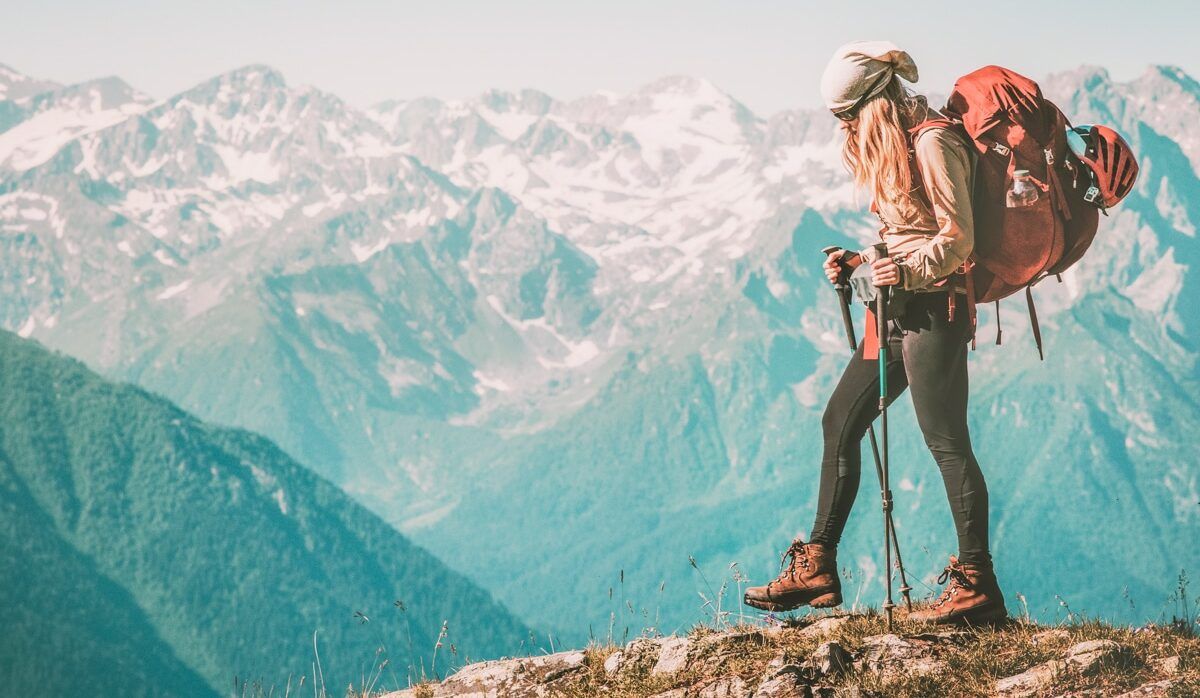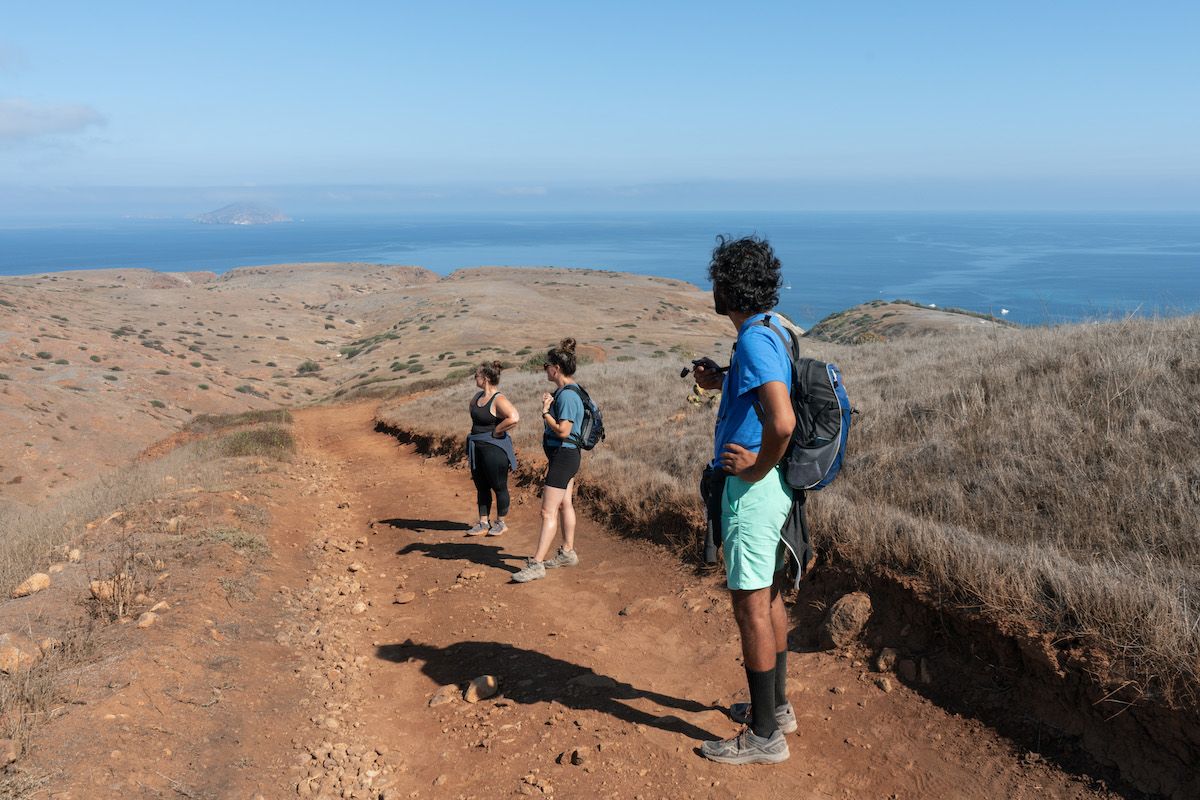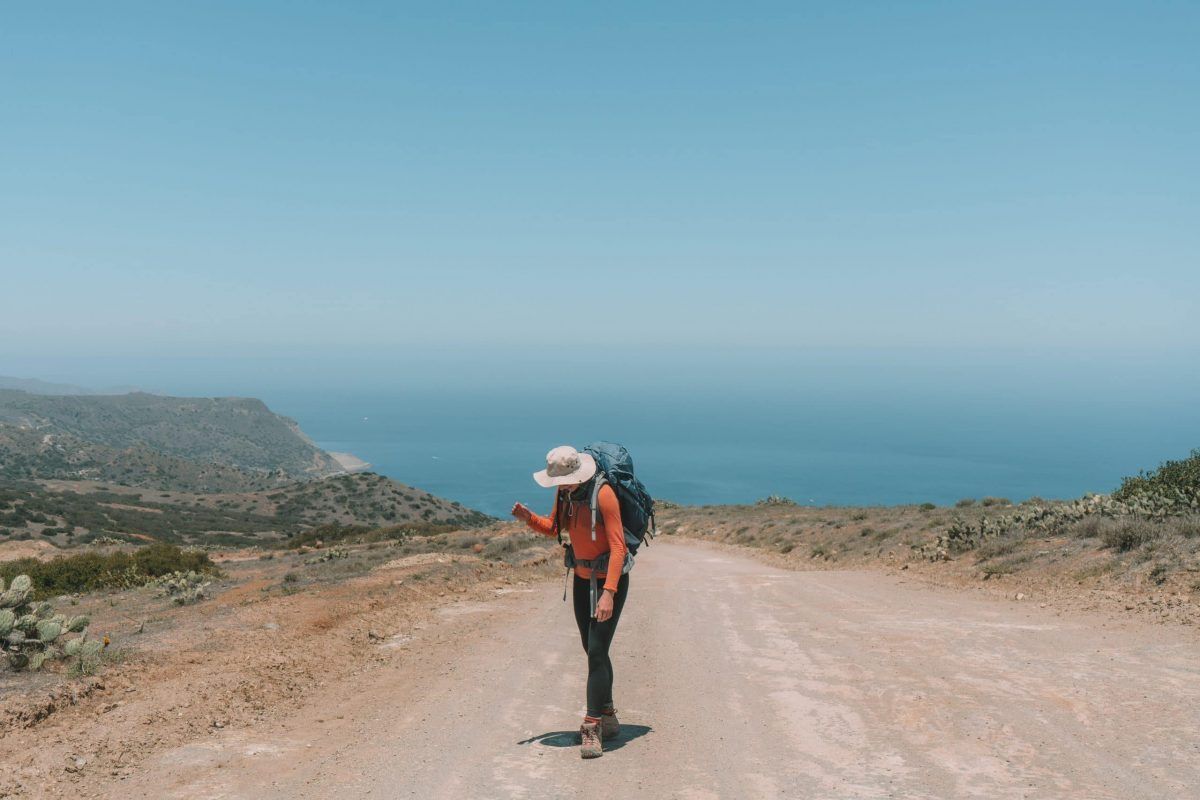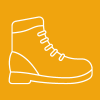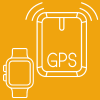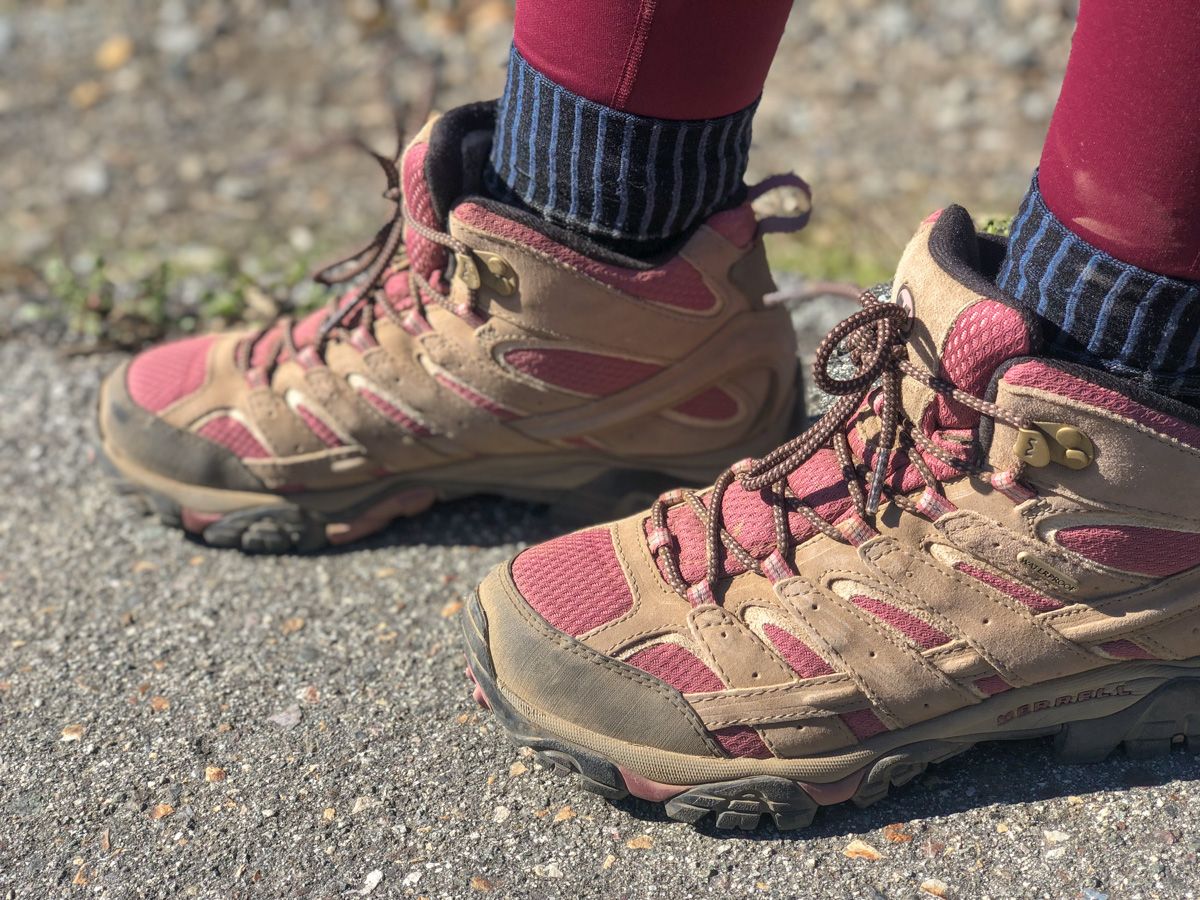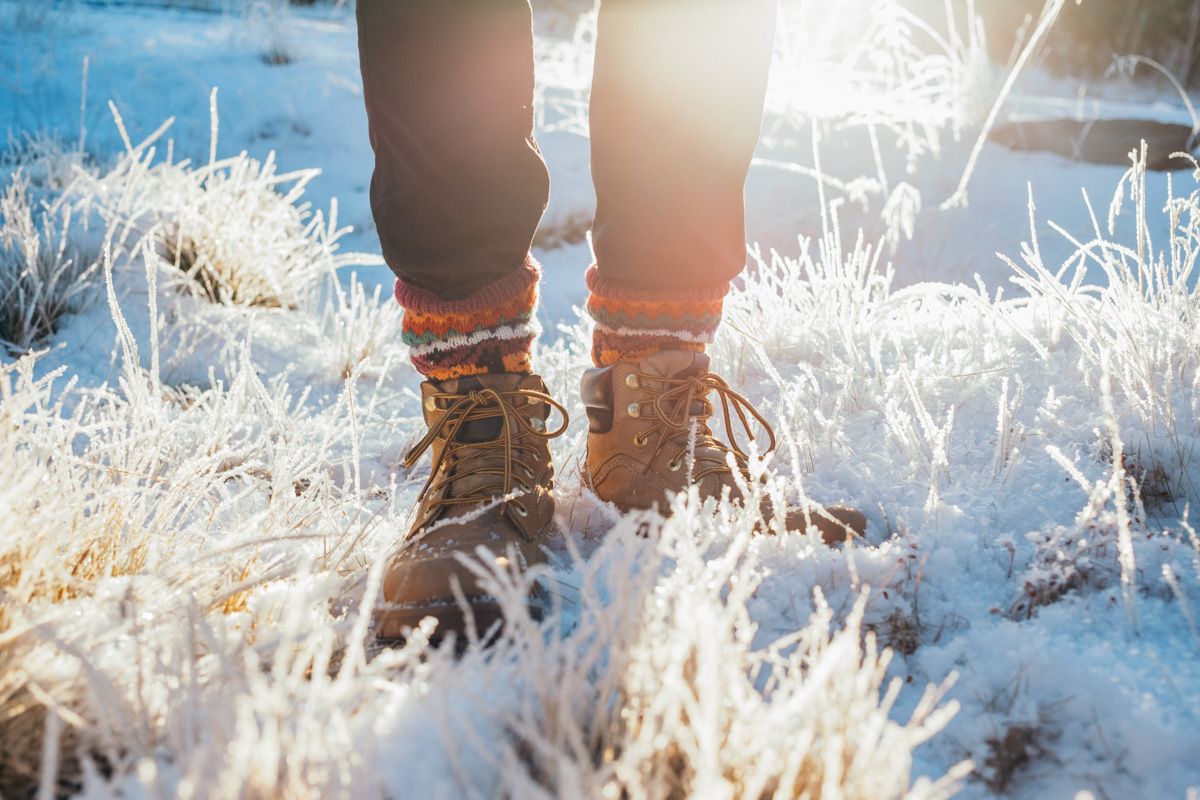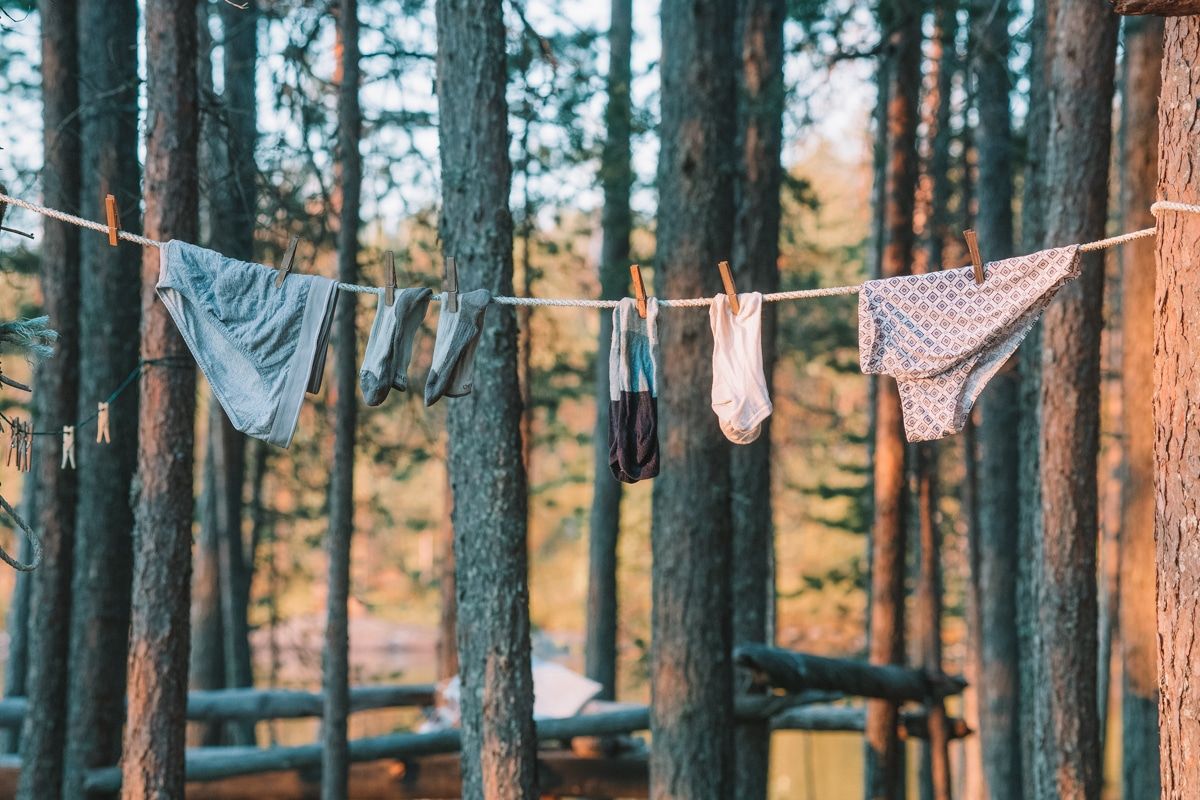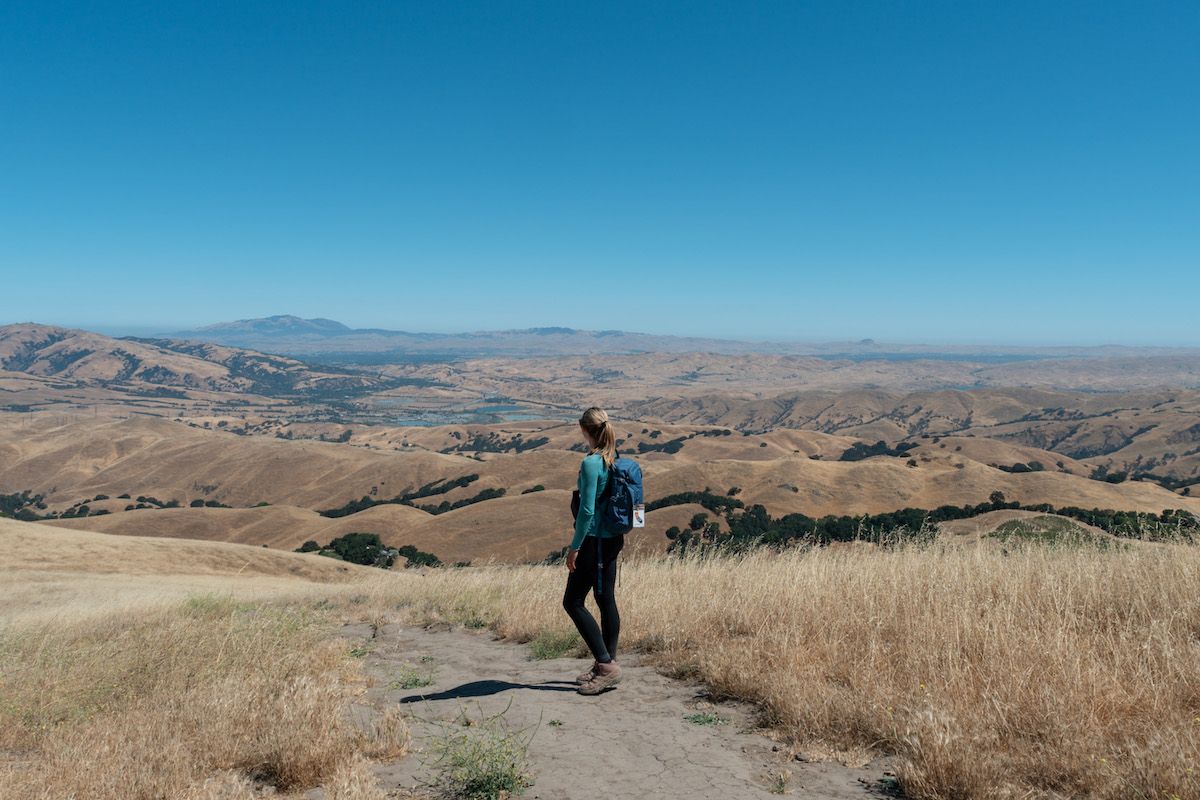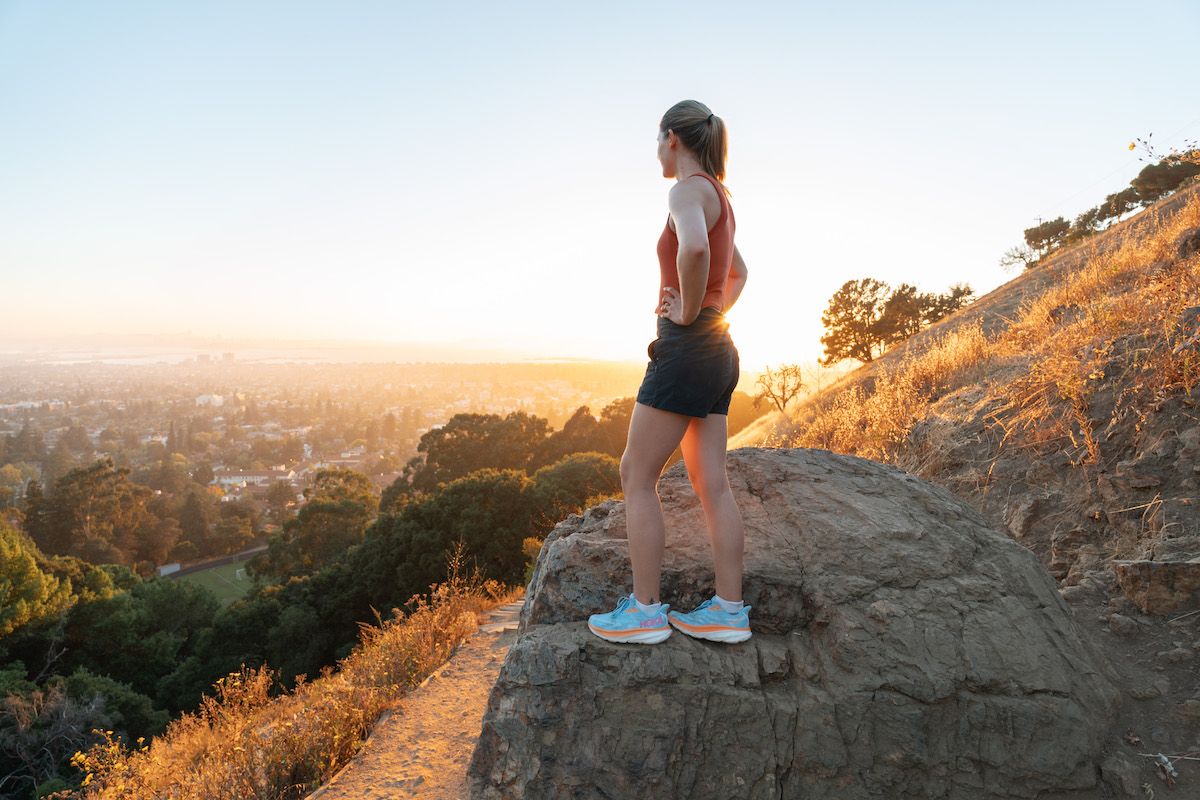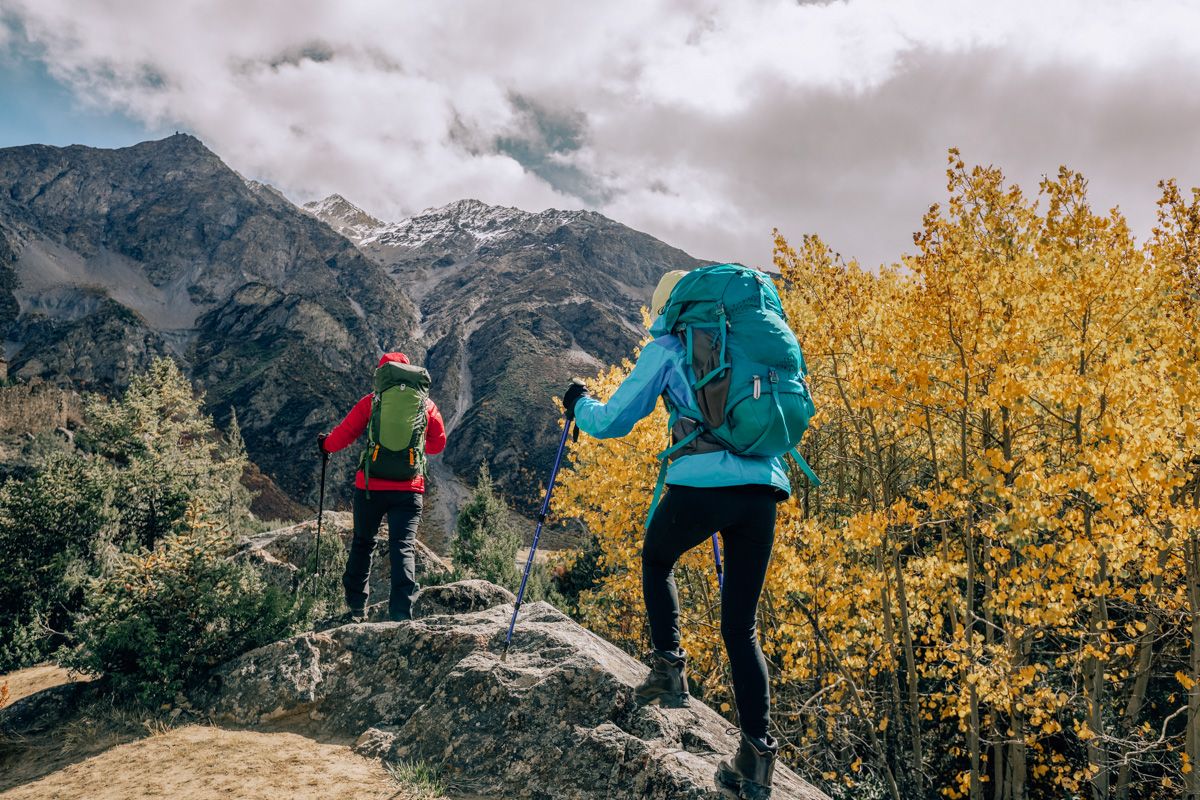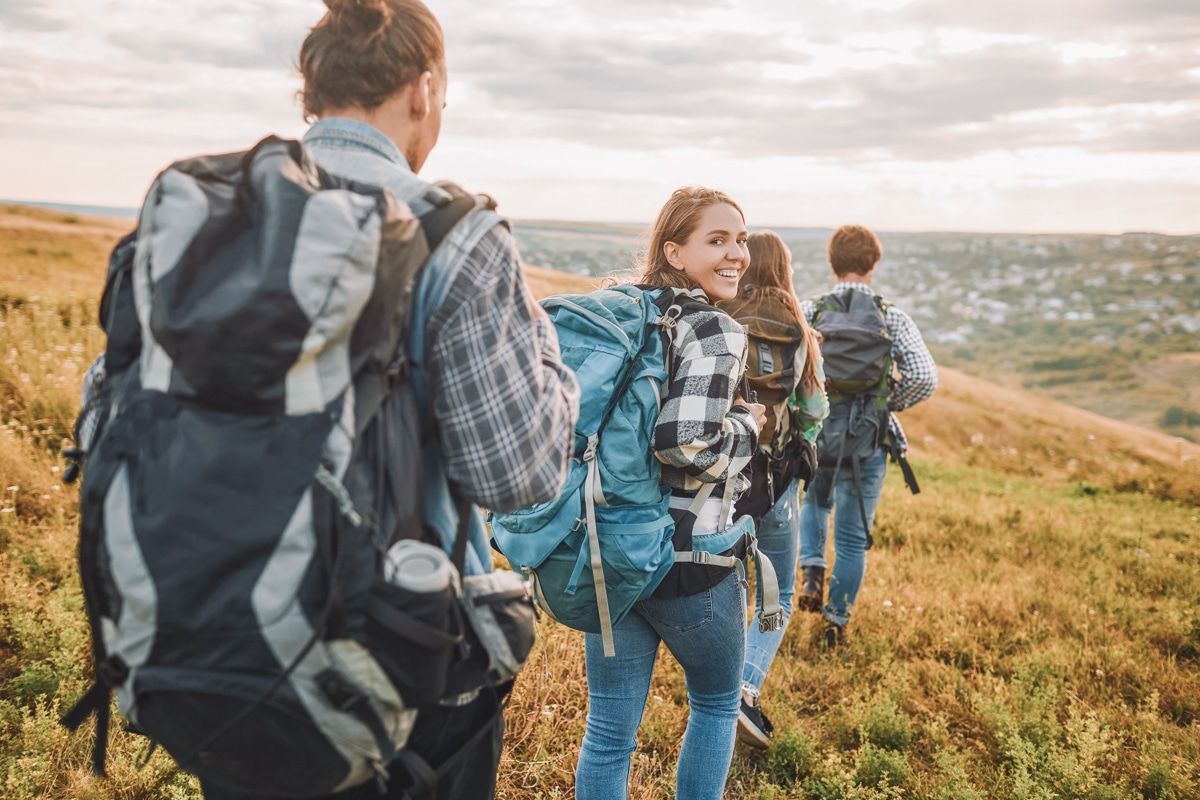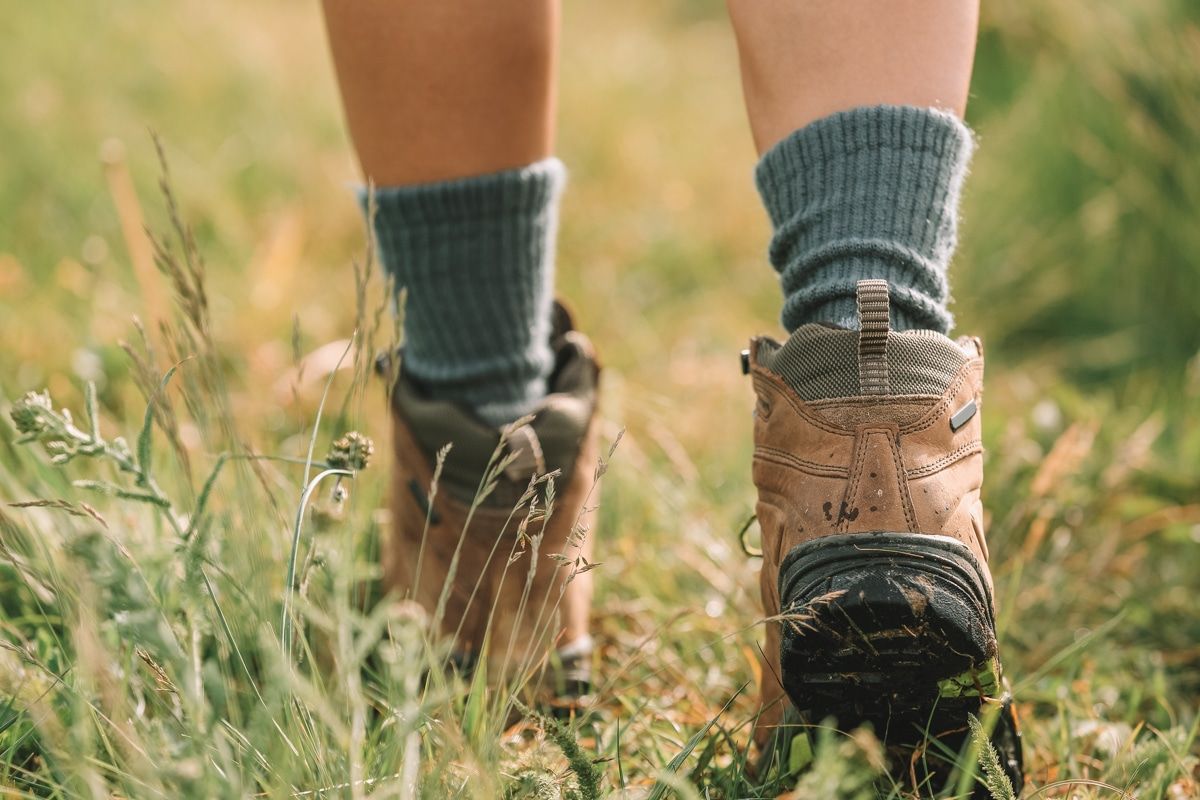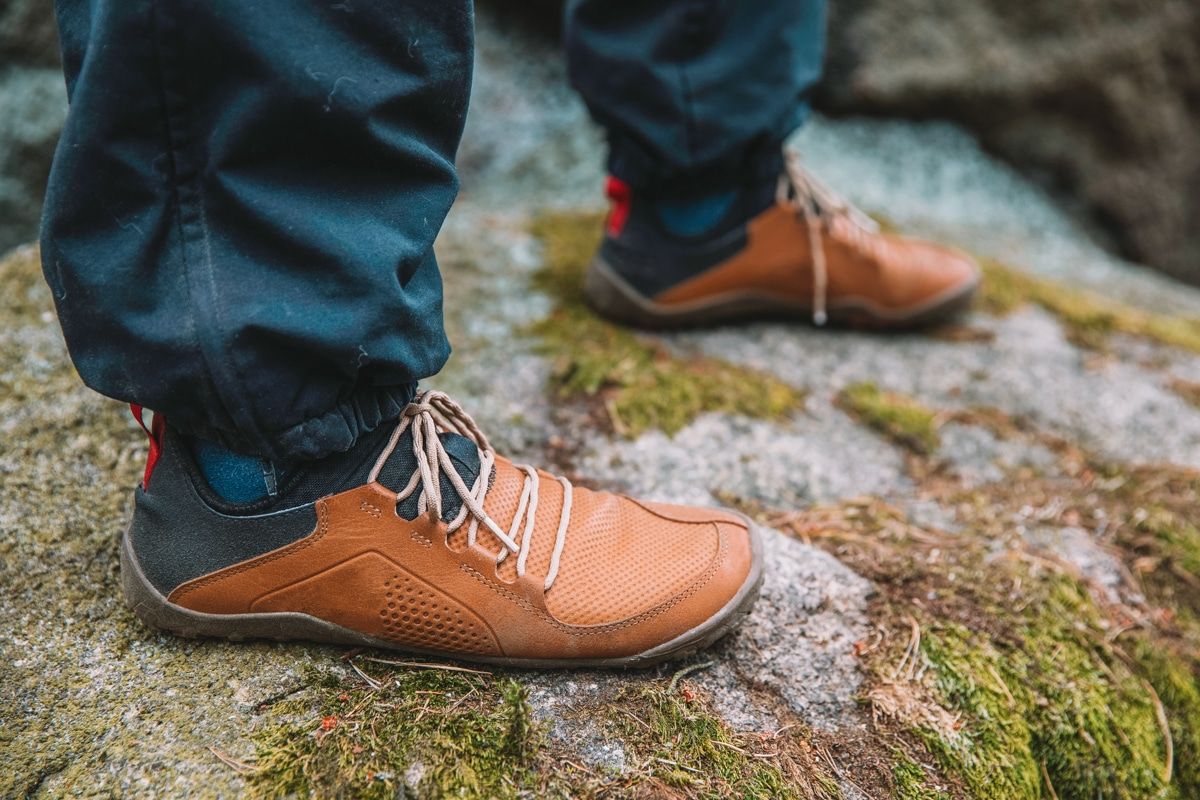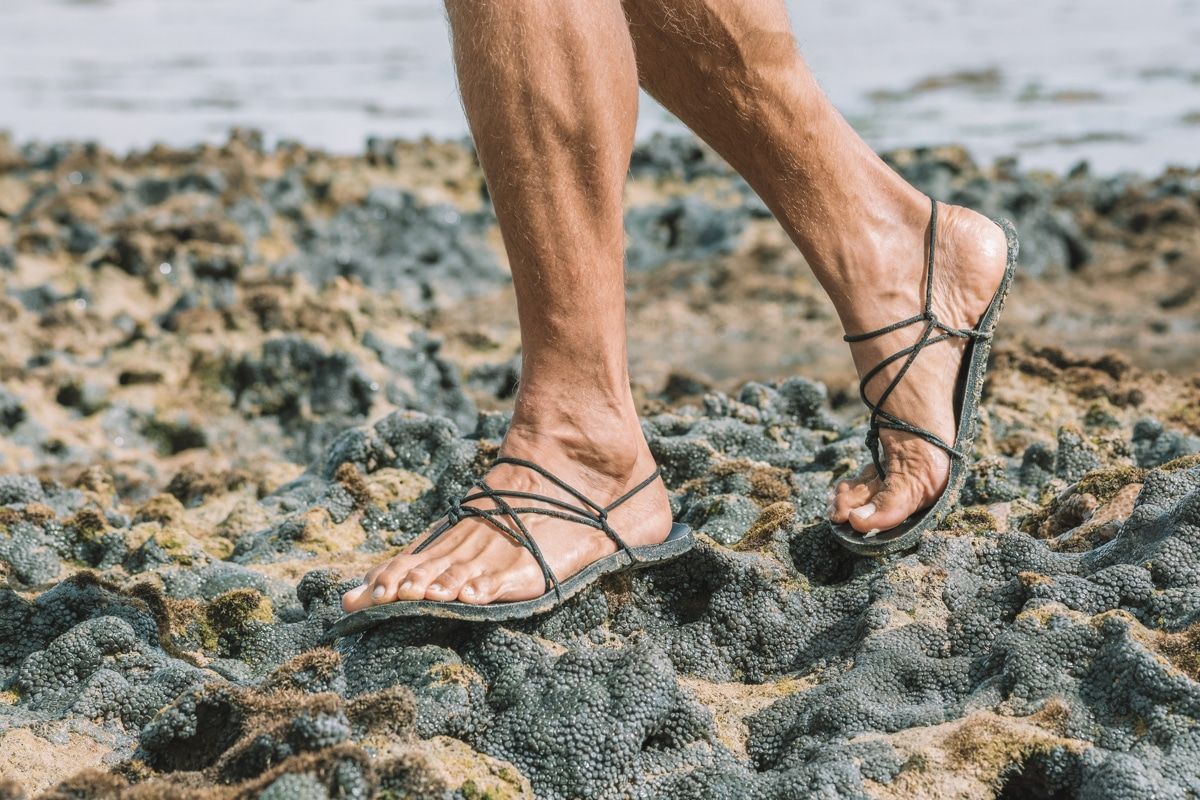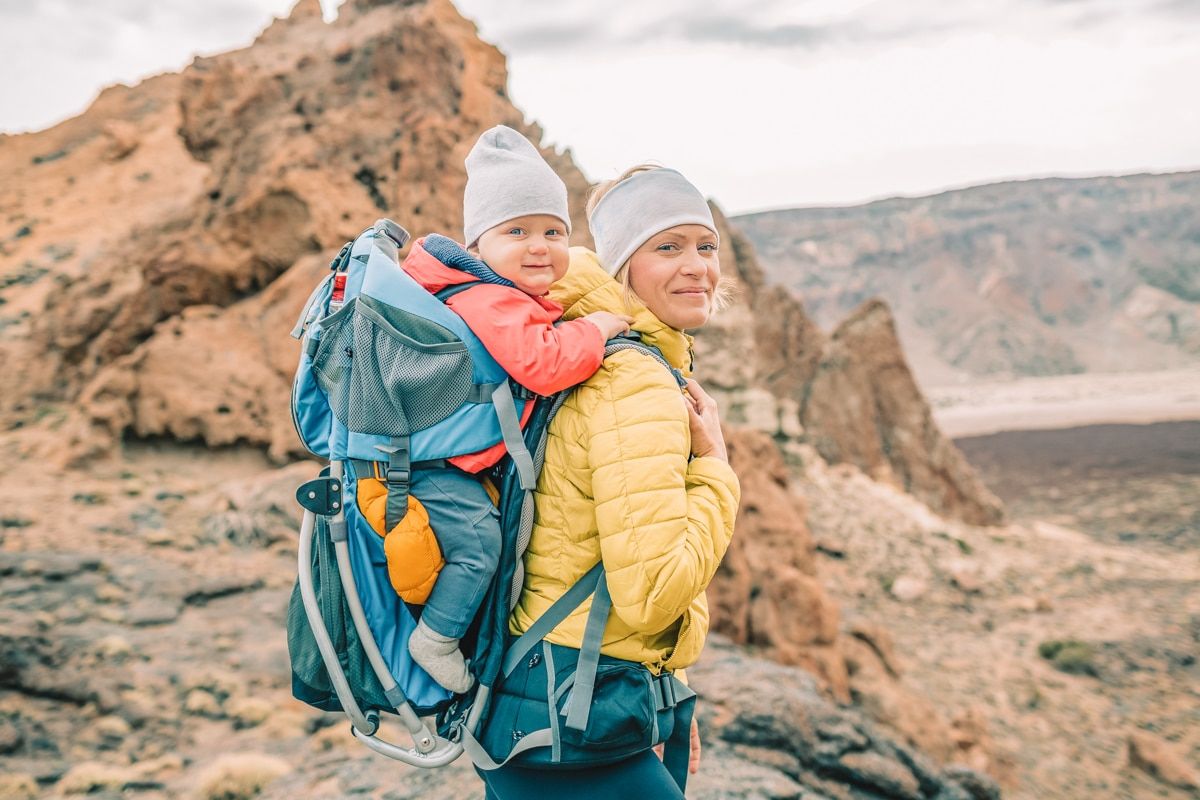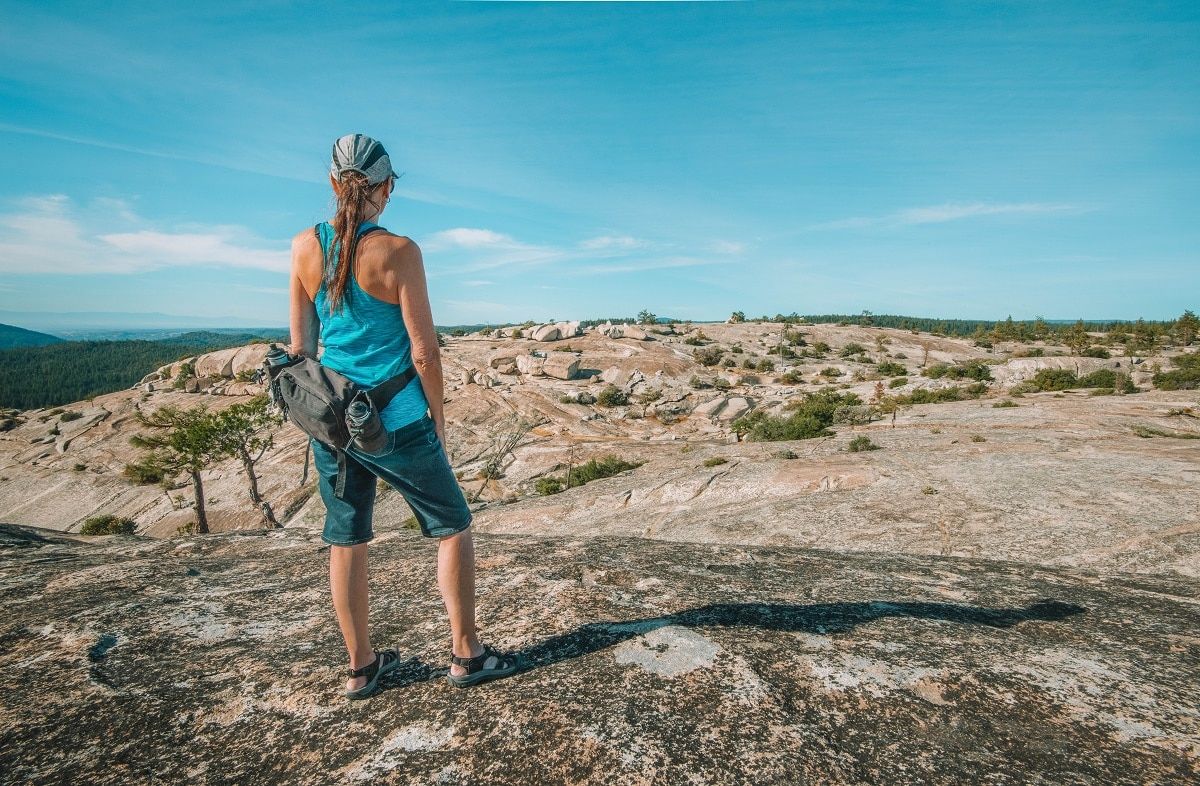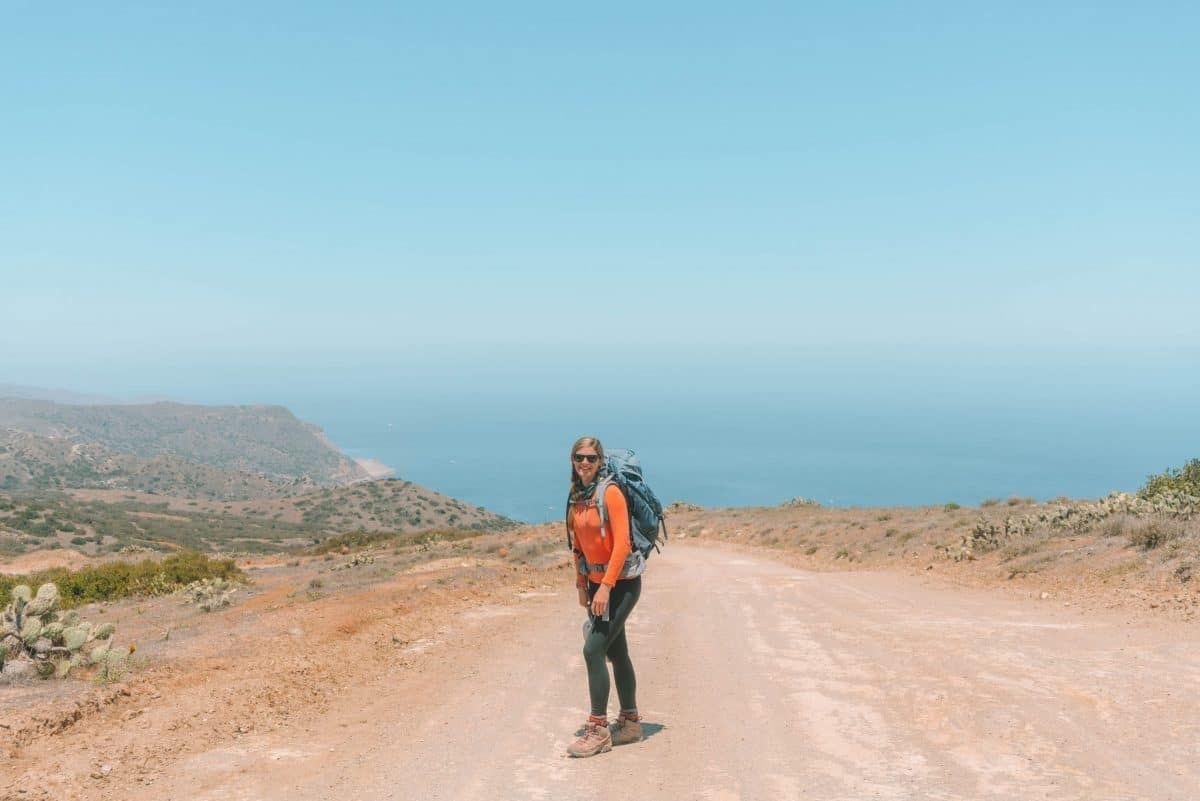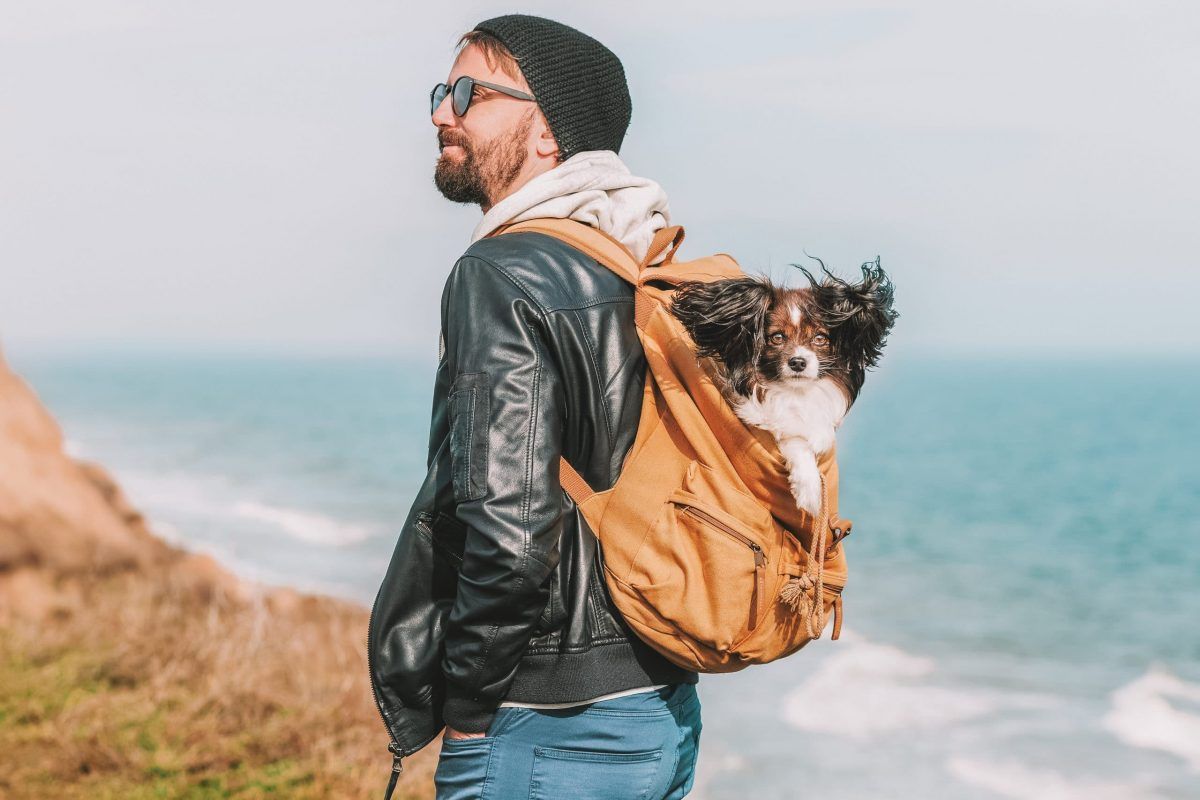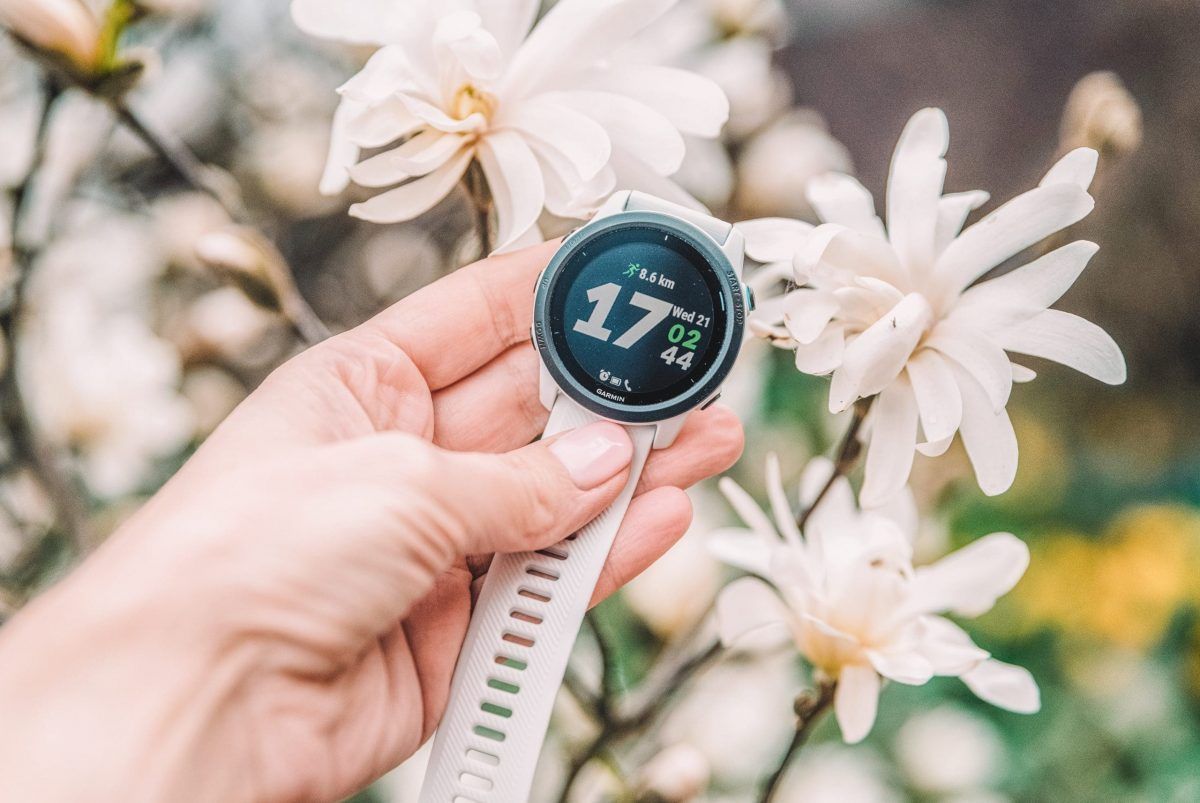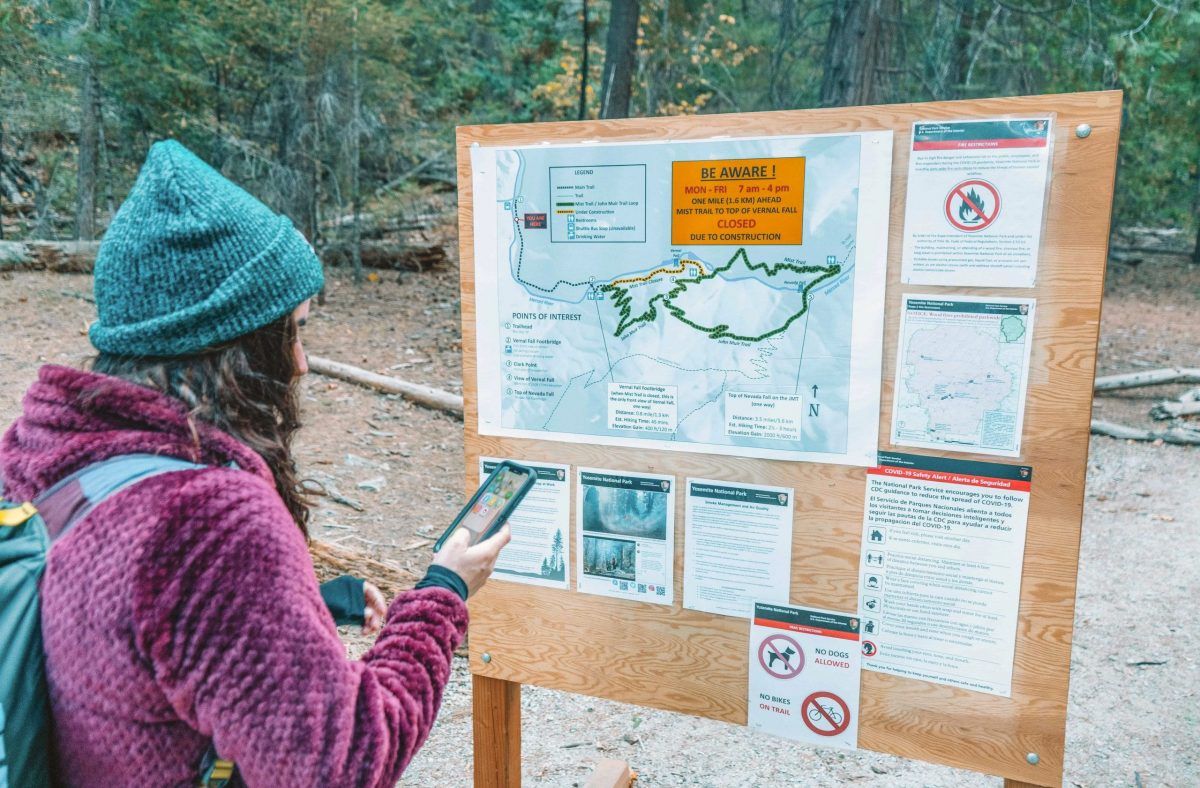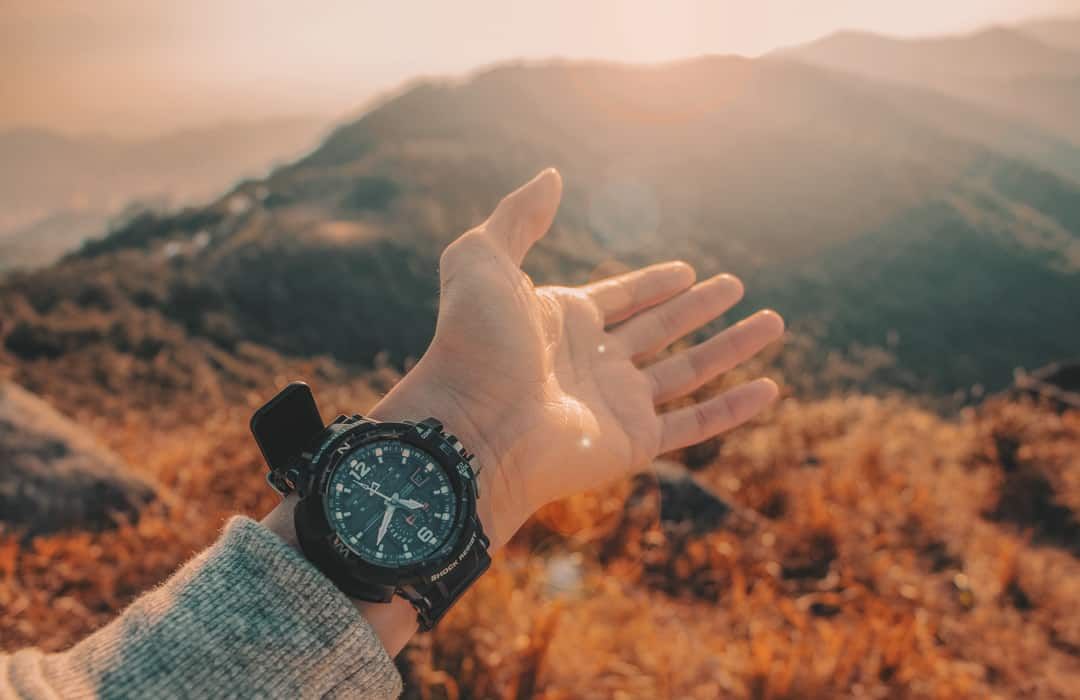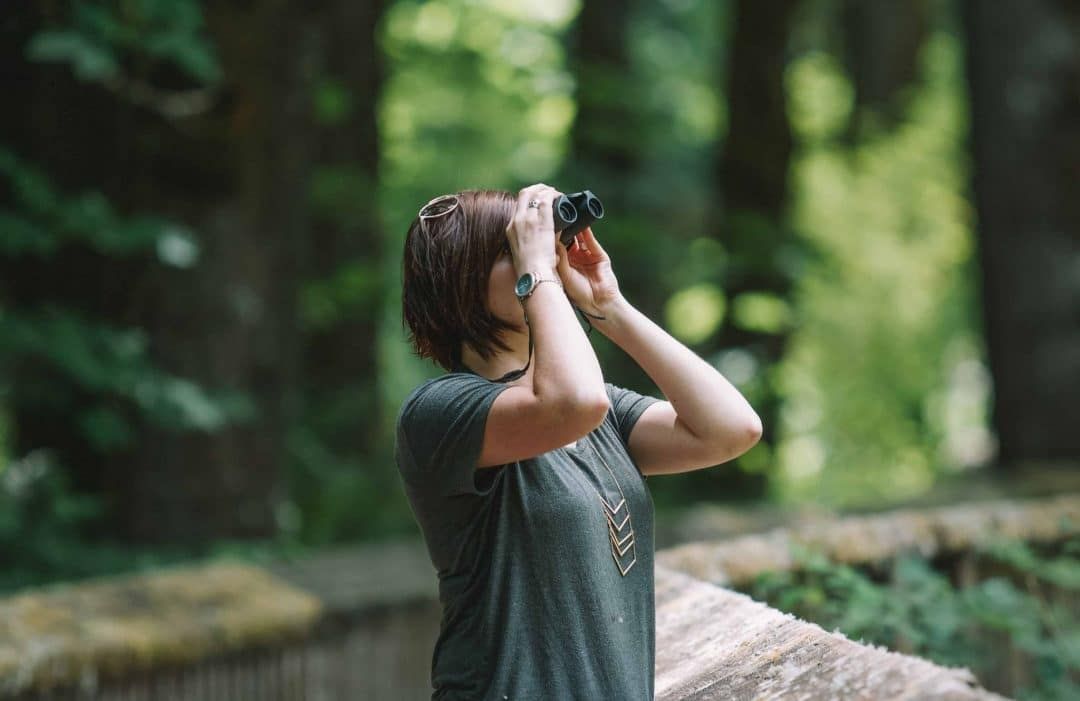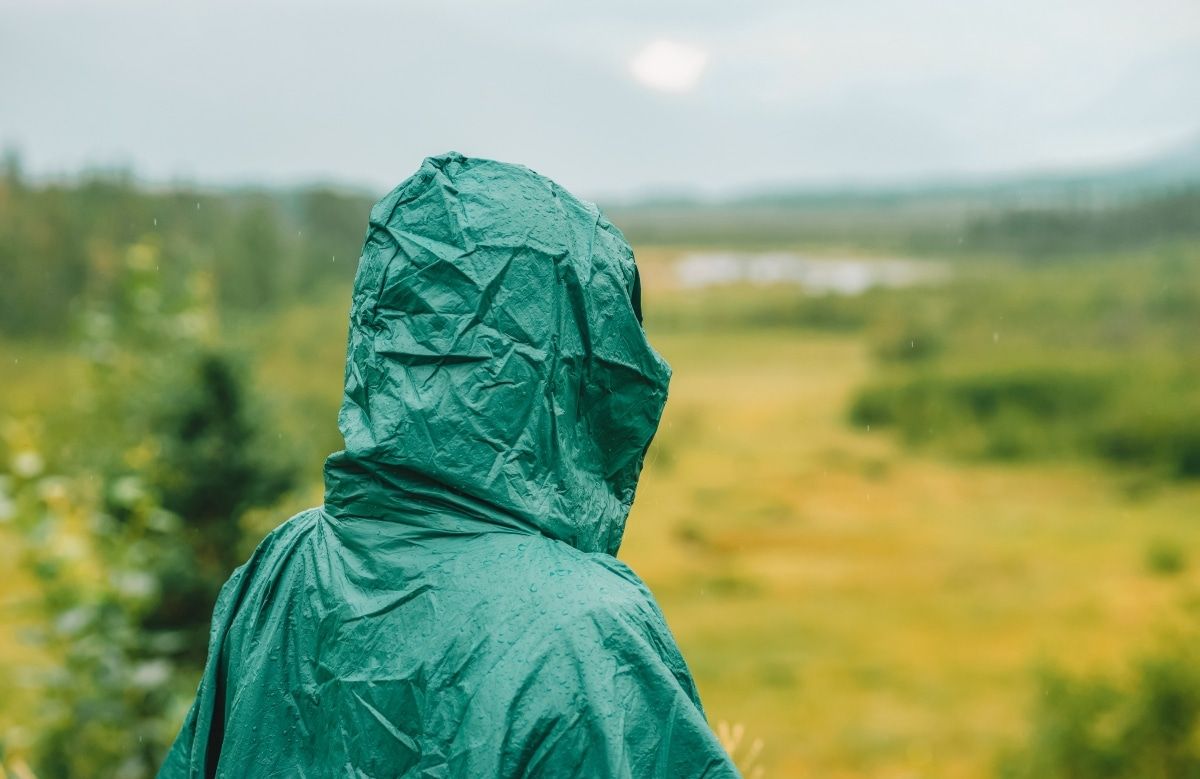Hiking Gear
Mountains, Forests, and Coastlines
From backpacking the Trans-Catalina Trail to local day hikes around the Bay Area, we’ve tested all types of hiking gear in California for the past 10 years.
We know the best way to test a piece of gear is to simply get outside and take it with us on the trail. So, we do plenty of in-the-wild tests but also controlled tests at home when comparing products side-by-side to have a consistent setting. After months of testing, we rate and score each product based on various metrics we deem the most important to that type of gear.
Use this page to find your next piece of hiking gear, no matter where your hiking adventures take you! If you’re new to hiking or just want a top-level look at our recommended gear and tips, the below articles are for you.
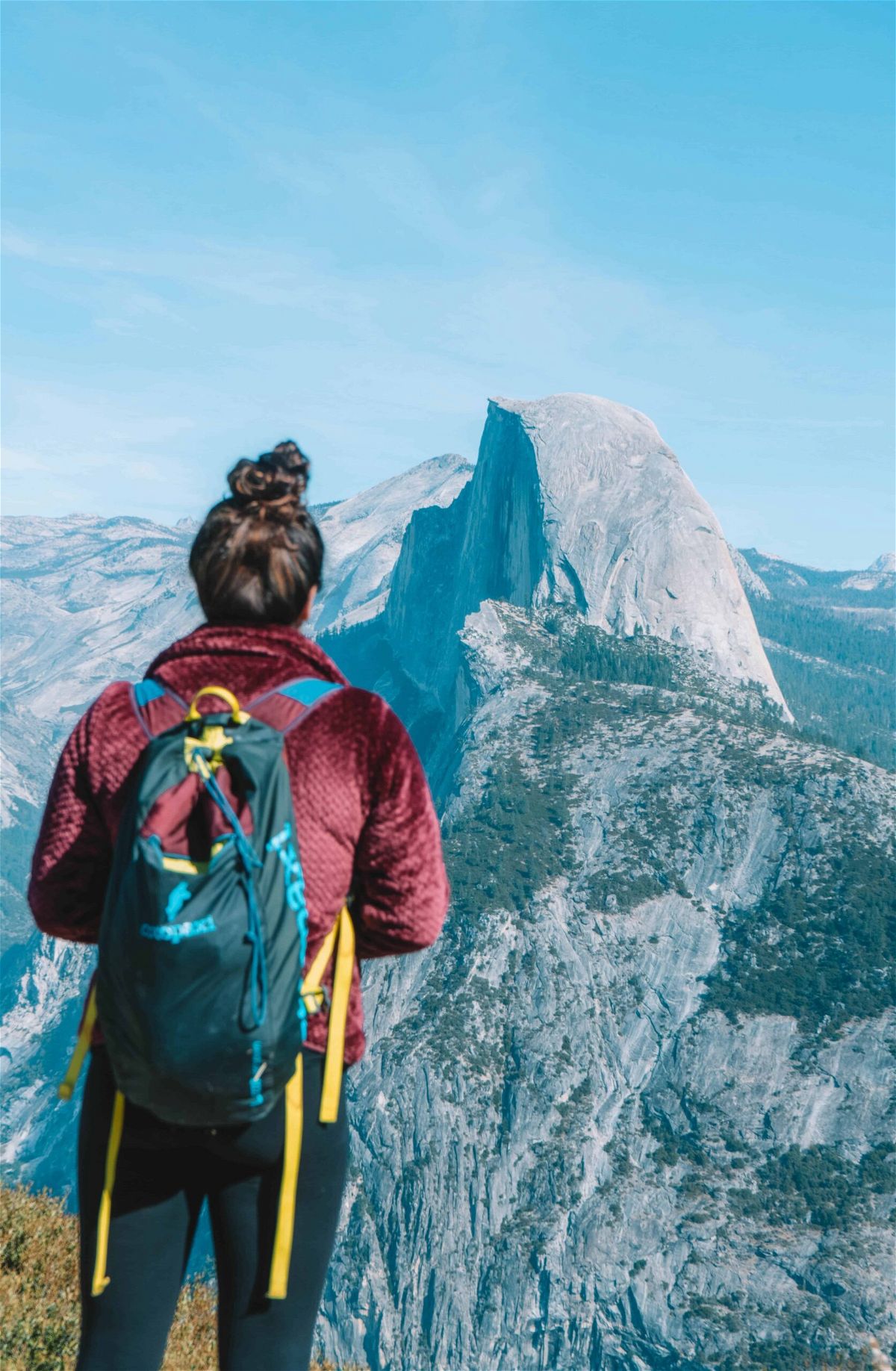
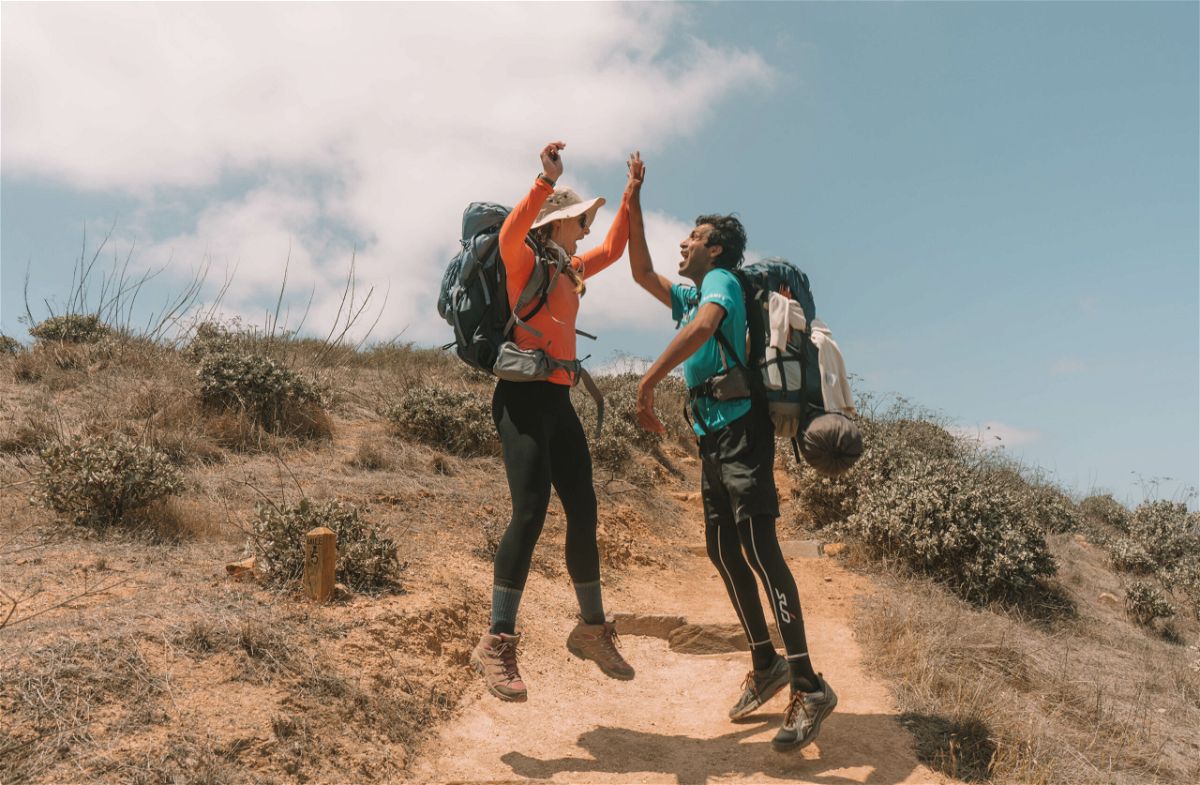
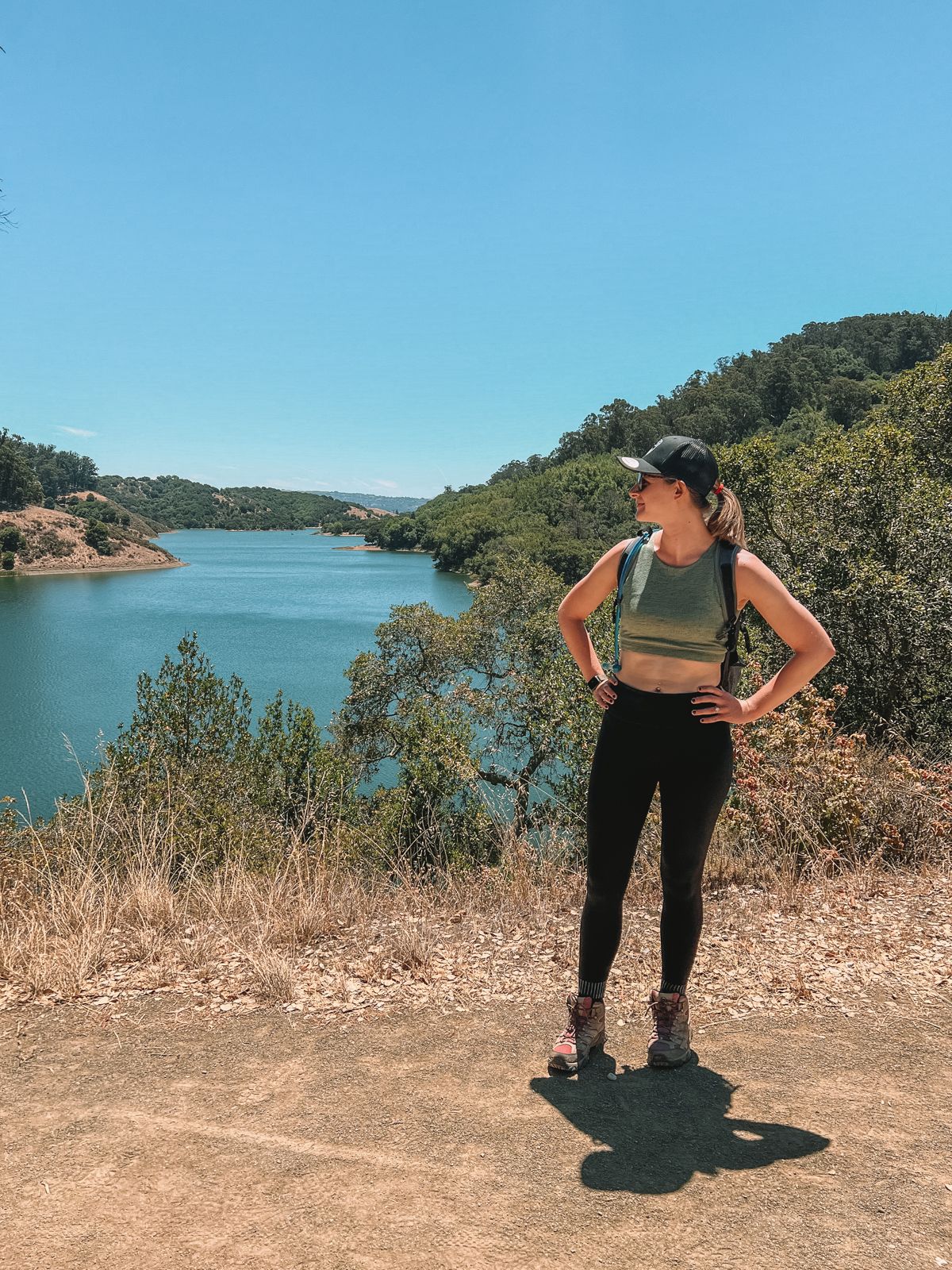
Search Our Site…
Our Go-To Hiking Packing List
If you’re just looking for a quick list of our must-have clothing and gear, these are the products we use the most on our hikes.
CLOTHING
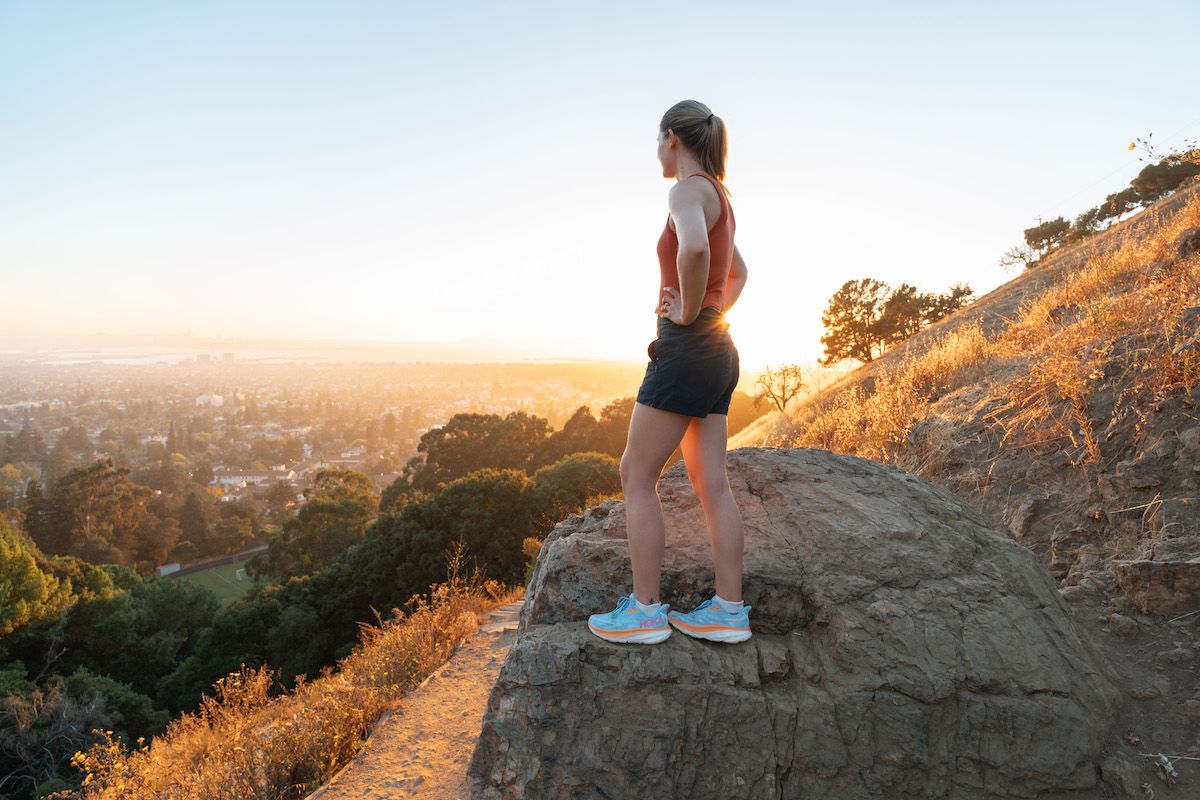
- Base Layer Top: The REI Crew Top is made of lightweight, moisture-wicking material and affordable.
- Mid-Layer Top: Mountain Hardwear Crater Lake Hoodies are lightweight UPF 50+ sun shirts, offering comfort and protection.
- Hiking fleece: The Columbia Benton Springs pullover is a hiking outfit staple and adds warmth under windbreakers.
- Hiking jacket: The Patagonia Torrentshell adds a layer of waterproof protection and easily packs away when the sun is out.
- Hiking shorts: CRZ YOGA Women’s Lightweight Mid-Rise Hiking Shorts are very affordable, versatile, comfortable shorts that we wear even when not hiking.
- Hiking leggings: Lululemon Align High-Rise are super comfortable leggings with pockets, lots of colors, and diverse sizing.
- Hiking pants: Columbia’s Saturday Pants are classic water-resistant hiking pants that unzip into shorts on hot days.
- Hiking shoes: We hike in the Merrell Women’s Moab 2 Mid Waterproof Hiking Boots all the time because they’re durable, cushioned, and waterproof—perfect for any hike.
- Hiking Socks: Darn Tough Hiker Micro Crew Socks are high-quality, cushioned to reduce blisters, and perfect for any length of hike/activity.
- Hat: The Outdoor Research Sunbiolet Hat is designed for the outdoors, made of easy-pack materials with a single-hand adjustable drawstring.
- Beanie: Carhartt beanies are soft, thick, and always in style.
GEAR
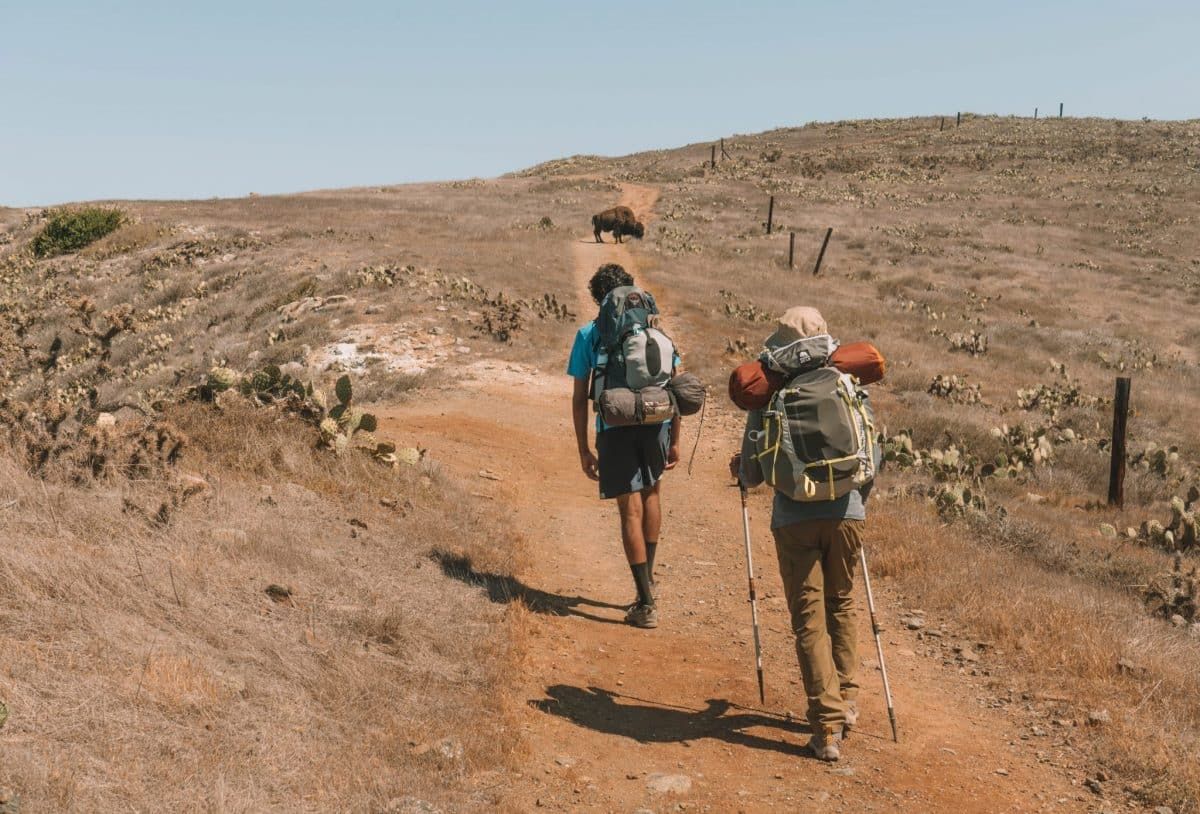
- Hiking daypack: Osprey Daylite Cinch Daypack’s lightweight, simple design, sternum strap, and hip belt make it idea for day hikes.
- Backpacking backpack: The Kelty Coyote 60-105 Liter Backpacking Pack has a customizable torso fit, extra load distribution straps, and back panel ventilation.
- Hiking Poles: REI Trekking Poles offer balance, support, and stability for rocky, snowy, or slippery terrain.
- Headlamp: The Black Diamond Spot 350 Headlamp is affordable, simple, powerful, and waterproof.
- Hydration bladder: The Gregory 3D Hydro Reservoir is life-changing—it’s compatible with most hiking backpacks, doesn’t leak, and provides convenient hydration.
- Water Bottle: Nalgene bottles are popular among hikers because they’re lightweight, made of recycled materials, colorful, and hold 32 oz.
- First Aid Kit: The General Medi first aid kit is small but mighty. It has 110 pieces and a clip-on design for external carrying, so it’s visible to others.
- Sunscreen: Coral Isles is reef-safe sunscreen that doesn’t contain gluten or harmful chemicals.
- Lip balm: Sun Bum has SPF 30 protection and is free of parabens, gluten, or animal products.
- Sunglasses: Ray-Ban Wayfarer sunglasses are a classic shape with polarized lenses to reduce glare and block harmful UV rays.
- Hiking app: AllTrails Pro allows you to download maps ahead of time and search using filters like “dog-friendly hikes.”
Hiking Clothing
Hiking Footwear
Hiking Packs
Hiking Electronics
Hiking Accessories
Hiking FAQs
WHAT DO YOU WEAR HIKING?
When you go hiking, wear comfortable and durable shoes like our favorite Merell hiking boots, Teva hiking sandals, or comfortable walking shoes that are suitable for uneven ground.
A simple hiking outfit includes leggings, shorts, or hiking pants that are lightweight and easy to move in, and an athletic shirt or sun shirt made of a moisture-wicking material.
Remember a sun hat and sunglasses in hot weather, and a jacket and beanie in cooler weather.
WHAT DO I PACK FOR A HIKE?
In addition to what you’re wearing, always pack hiking essentials like plenty of water, sunscreen, snacks, a mini first aid kit, and bug spray.
Even if it’s cold out, bring at least 1 liter for every 2 hours that you plan to hike. Pack extra if it’s hot. If you’re hiking with a dog, take an equivalent amount for them. It’s easiest to carry water in a hydration pack.
Always charge your phone fully before hiking. It’s also important to download any maps you might need on your phone or GPS device, or carry paper maps that you know how to read
Remember also to pack any medications that you might need on the trail or an EpiPen if you’re allergic to bees.
Optional: Trekking poles can help you feel more stable, which is very helpful.
This is a basic beginner’s list, but should help you prepare for easy hikes.
WHEN IS THE BEST SEASON TO HIKE?
The best season for hiking depends on your location. Don’t hike during weather advisories like snow storms, extreme heat, or when the air quality is severe.
Usually, late spring and early summer are the best times for low-elevation areas. You can see blooming flowers in spring, and it won’t be as hot as during the summer.
Late summer and fall are the best times to hike in the mountains after snow melts from the trails.
No matter the season, check the weather forecast before heading out. Dress in layers, too, so you can adjust your fit and stay comfortable.
HOW DO I CHECK TRAIL CONDITIONS?
The best ways to check trail conditions are by visiting the official website of the park or recreation area where your desired trail is located and reading the recent reviews on AllTrails.
You’ll find trail closure alerts on the official national and state recreation sites as well as information about the trail terrain advice from park rangers.
AllTrails is usually updated when a trail is closed, but always defer to the official site.
Use AllTrails to learn what other hikers thought of the trail. You can also get a sense of the hike with helpful maps, pictures, and trail details.
DO I NEED HIKING PERMITS?
Most hikes in the USA don’t require you to apply for permits in advance. You’re more likely to need a permit if you plan to backpack or backcountry camp.
To find out if you need a hiking permit, visit your state parks services site, NPS.gov, or Recreation.gov (whichever is most applicable to your hike).
While permits might feel like a hassle to fill out, they’re important for your safety, so park officials know that you’re in the park in case of an emergency.
Permits also help protect natural areas from overuse by regulating the number of people who can visit areas with fragile ecosystems.
You will fill out a permit at the trailhead of some hikes but don’t worry about applying for these ahead of time.
ARE US NATIONAL PARKS FREE?
US National Parks charge an entry fee that helps cover the cost of maintaining these natural wonders.
Buying an America the Beautiful annual pass for $80 is a good idea if you plan to visit multiple national parks within a year or you qualify for a special pass.
Entrance usually costs about $30 per car or four adults, so you will likely break even after visiting three national parks.
CAN I USE A NATIONAL PARK PASS AT STATE PARKS?
No, you can’t use a National Park Pass at State Parks. You will have to buy a different state or local pass.
DO I NEED A PARKING PASS TO HIKE?
Some trailheads or parks require a parking pass to be displayed in your windshield when you park at a trailhead.
Make sure to read the parking lot signs before leaving your car.
Our Hiking Experts
Mimi McFadden
Founder & Editor-In-Chief

Mimi’s won the prestigious “Hiker of the Day” award numerous times. She’s particularly adept at uphill portions while slower going downhill, which may reflect some sort of anti-gravity phenomenon because it really doesn’t make any sense. She’s recently started a challenge to hike the six highest peaks in the Bay Ara (five down, one to go!) and we’d bet on her finishing that last one soon.
Suneel Jain
Editor, Writer

Suneel is an expert in counting lizards spotted a long hiking trails. He may be part camel based on his copious water consumption on hikes. And he runs during the downhills to the detriment of his knees, but that’s a problem for later. He prefers hikes around five miles but Mimi considers those to just be warmups.
Jodelle Marx
Founder & Editor-In-Chief

Jodelle traveled Europe with her hiking boots dangling from her pack—her motto is ‘Always be prepared.” She’s the quintessential overprepared hiker, ready to share hiking tips and gear picks.
Jodelle loves the heart-pumping satisfaction of completing a difficult hike. She finds peace in the quiet of walking in nature with friends and pushing the body to its limits.

